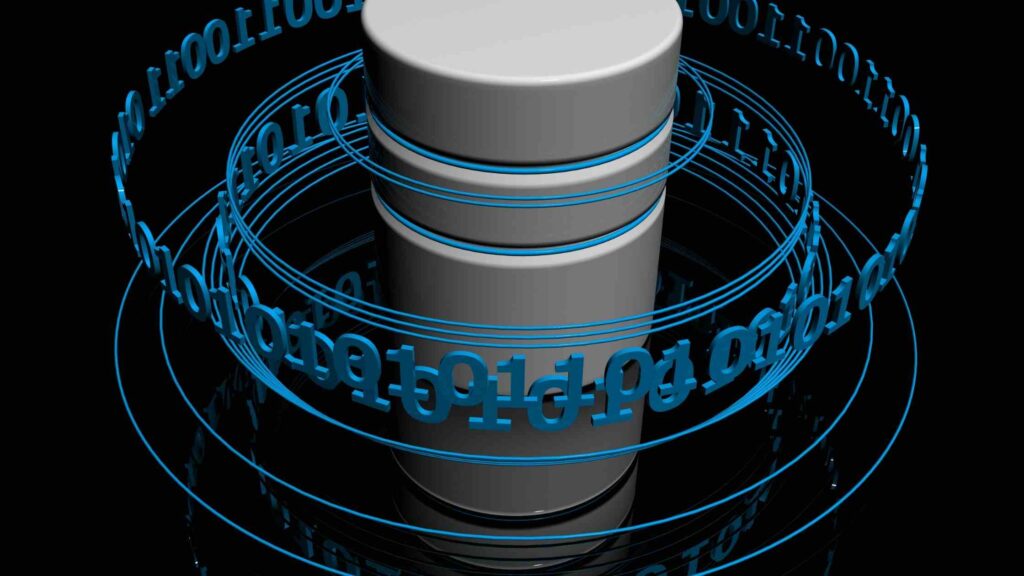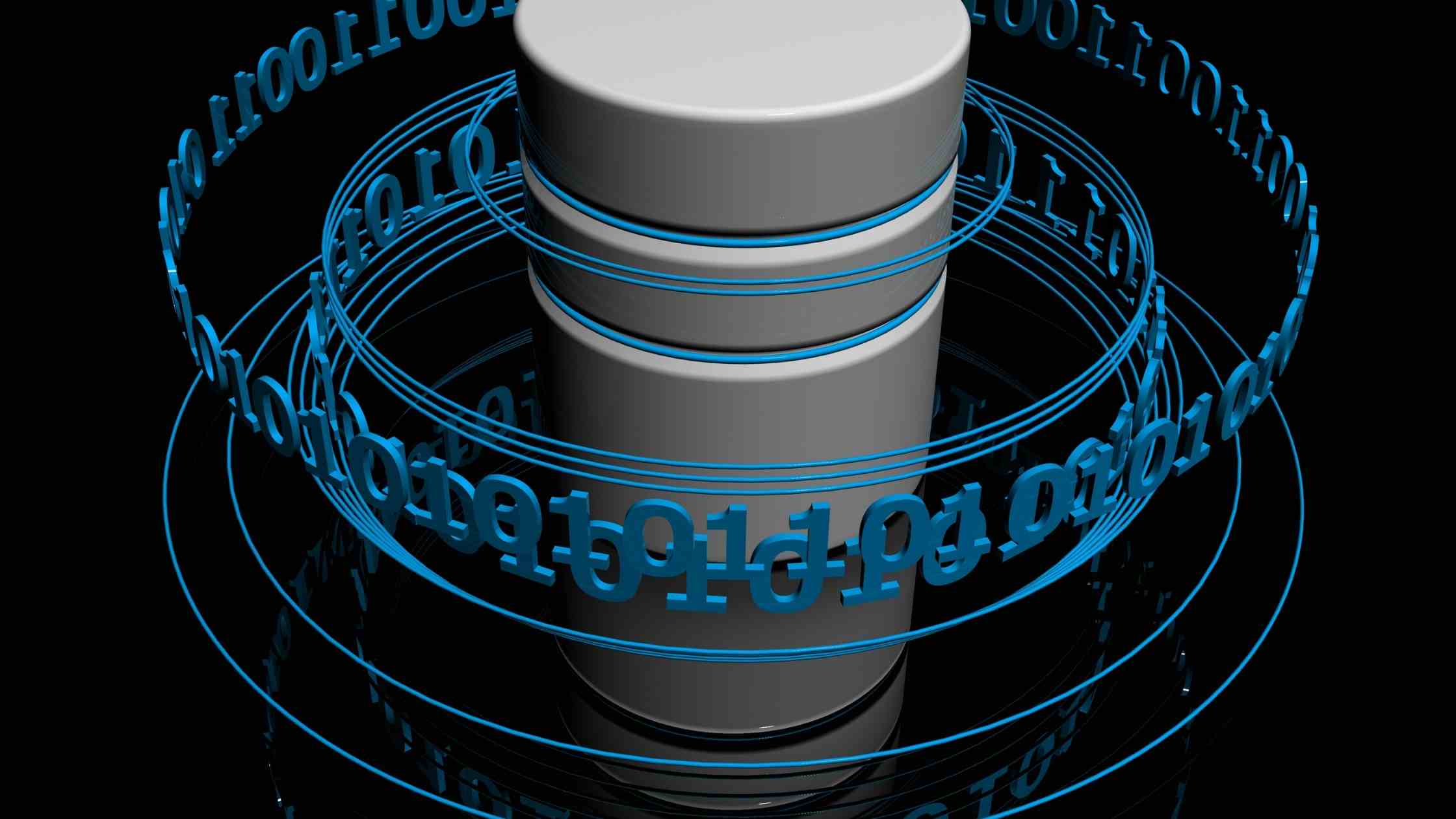Working Principles of Relational VS Non Relational Database
While comparing the conventional relational vs non relational database that is new, one may be getting confused about which one to be used as their enterprise database. In reality, these are two different database types that are equally useful in unique ways based on different purposes each serves. However, there are many use cases and contrasting reasons why these tend to behave differently. While trying to compare, the first point to note is that one type of database is never better than another type. In contrast, both relational DBs and non-relational DBs have their place in the enterprise database management industry.

In this article, we are trying to describe the working of relational vs non relational database. We may cover some fundamental aspects of what relational and non-relational databases are, each’s properties, and what purposes each serve in terms of DBMS management. These insights may help you to make a better decision as to which may serve your purpose well.
Relational VS Non Relational Database
Here we will know what is relational and non relational database
Relational Database
A typical relational database is also known as RDBMS (Relational Database Management System) or SQL database. These types of DBs store data in the form of tables and rows. These tables and rows constitute records. This database model is first called relational databases back in 1970 by the IBM engineer E.F. Codd in his research paper. It is defined as “a relational data model for shared large data banks.” Over the last few decades, there evolved many relational databases, the most popular being Microsoft SQL Server, Oracle Database, MySQL, IBM DB2, etc. Apart from the preoperatory DBs, many free RDBMS platforms were also out there, which gained large popularity as PostgreSQL, SQL Server Express, SQLite, MySQL, etc.
Working principle of relational DB
A relational DB links the information from various tables using keys. The definition of a key is that it is a unique identifier that will be assigned to a particularly raw, which consists of data in a table. This ‘primary key’ or the unique identifier may be included in the record, located on another table when it has any relation to the record in the main table. While this primary key gets added to a record in a different table, it is known as a “foreign key” on the other table. The connection between the primary key and the foreign key tends to create a “relationship” between the records across various tables.
One major advantage of RDBMS is the referential integrity of the database. Referential integrity is the consistency and accuracy of data. This is achieved by using the combination of primary keys and foreign keys. Referential integrity will, in turn, ensure data integrity also through the constraints. Here, constraints enforce the accuracy of data by preventing the related records from getting deleted without deleting the main table’s primary record first. Suppose a given primary-foreign key relation is added properly. In that case, any attempt to delete the primary record before removing the related records of other tables may instantly block the transaction until all related records are removed. It will block the possibility of any orphaned records, i.e., any referenced records which don’t have any primary record in the main table.
Basic rules enforced by referential integrity
- Any foreign key should have a related primary key.
- When a primary table record gets deleted, all the related records referencing that primary key should also be deleted (cascade delete).
- If the primary key related to a record is changed, then records corresponding to that primary key should also be modified accordingly (cascade upgrade).
Non Relational Database
Non-relational DBs are also known as the NoSQL database, which stores data differently from that of RDBMS. There are no rows, tables, or primary/foreign keys in the case of non-relational databases. Instead of that, non-RDBMS uses optimized storage models based on the specific type of data stored on it. Some of the top NoSQL databases of our times are MongoDB, Couchbase Redis, Apache Cassandra, and Apache HBase, etc.
When it comes to non-relational databases types, there are four most popular varieties:
- Document datastore
- Column-oriented database
- The key-value data store, and
- Graph database.
Most of the times, a combination of all these types of databases are used within a single application based on its needs. Let’s explore these four types in detail.
- Document data stores
Document data stores will help manage a custom set of string fields, and the object data values in the entity referred to as a document stored as JSON documents. These stores can be encoded in different ways using JSON, XML, YAML, BSON, or even plain text.
- Column-oriented database
Columnar or column-oriented data stores tend to organize the data in various columns, which is similar to the relational database concept. However, the advantage of column-family DBs is this denormalized approach to structure data.
- Key-value data stores
It is found to be the least complex among the new-gen NoSQL DBs. As the name suggests, key-value stores are a simple collection of key-value pairs within an object.
- Graph DBs
A graph database is a complex model in nonrelational database management systems. This is meant to store relations between different entities effectively. While you manage interconnected data like purchasing or manufacturing systems and reference the same to catalogs, then graph databases are ideal to consider.
In summary, you need to know that relational databases work well with structured data, and the relationships established in the system will promote a high degree of data integrity. Relational DBs also offer limitless indexing features, which can ensure faster query responses. You can also use relational databases to keep the transactions secure. On the other hand, nonrelational DBs can store huge among of data with limited structural needs. So, these can offer high scalability and flexibility in a big data environment. Non-relational DBs have the ability to capture and record data in any form, structured or unstructured. Considering all these factors, you may make your choice wisely by assessing your needs at hand. These are the main difference between relational vs non relational database.







